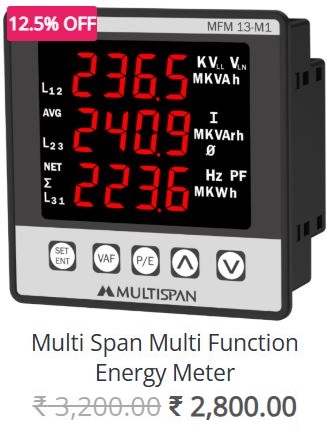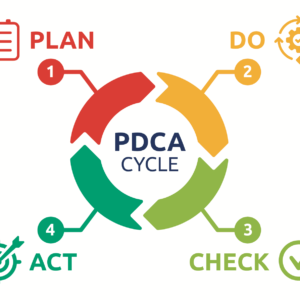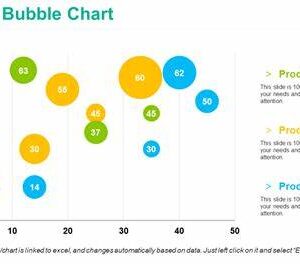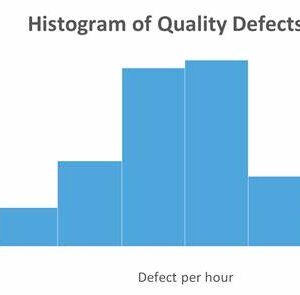In the world of industrial operations, field instruments play a crucial role in monitoring and controlling processes, ensuring efficiency, safety, and accuracy. However, just like any equipment, these instruments require regular maintenance to ensure optimal performance and avoid costly downtime. Traditionally, two primary approaches have been used for maintenance: preventive maintenance (PM) and predictive maintenance (PdM). While both aim to prolong the life of field instruments and prevent unexpected failures, they differ in how they approach the maintenance process.
In this blog, we’ll explore the key differences between preventive and predictive maintenance, their benefits, and how they can be applied to field instruments to optimize reliability and reduce maintenance costs.
What is Preventive Maintenance?
Preventive maintenance is a proactive maintenance strategy that involves regularly scheduled inspections and servicing of field instruments, equipment, or systems based on time intervals or usage cycles. The goal of preventive maintenance is to reduce the likelihood of equipment failure by replacing worn-out parts or performing routine tasks (such as cleaning or lubrication) before issues arise.
Field instruments are serviced according to a predetermined schedule, irrespective of their current condition. This can be based on manufacturer recommendations, historical performance data, or industry best practices. In other words, preventive maintenance is based on time-based intervals rather than the condition of the equipment.
Common Preventive Maintenance Tasks for Field Instruments:
- Calibrating instruments to ensure accurate readings.
- Cleaning sensors and probes to prevent debris buildup.
- Replacing filters to maintain proper air or fluid flow.
- Checking and tightening electrical connections to prevent failures.
- Testing backups and redundant systems to ensure reliability.
What is Predictive Maintenance?
Predictive maintenance, on the other hand, leverages advanced technologies like sensors, IoT devices, and data analytics to monitor the real-time condition of field instruments. The goal of predictive maintenance is to predict when a failure might occur so that maintenance can be performed just before it happens—thereby minimizing unplanned downtime and maximizing the life of the equipment.
Instead of following a fixed schedule, predictive maintenance relies on continuous monitoring of key parameters such as vibration, temperature, pressure, or humidity. Advanced algorithms analyze this data to detect anomalies or early signs of wear, allowing maintenance teams to take action only when necessary.
Key Techniques in Predictive Maintenance:
- Condition monitoring: Using real-time data from sensors to track the condition of field instruments.
- Data analysis: Leveraging artificial intelligence (AI) and machine learning (ML) algorithms to identify trends and predict failure events.
- Remote monitoring: Allowing technicians to access instrument data remotely, reducing the need for on-site inspections.
- Asset health tracking: Monitoring the health of instruments over time to predict failure points and schedule maintenance accordingly.
Preventive Maintenance vs. Predictive Maintenance: Key Differences
| Aspect | Preventive Maintenance (PM) | Predictive Maintenance (PdM) |
|---|---|---|
| Approach | Time-based, regular intervals regardless of equipment condition | Condition-based, using real-time data to predict failures |
| Cost | Typically lower upfront costs, but may involve unnecessary servicing | Higher initial investment in technology, but potentially lower long-term costs |
| Downtime | Can result in unnecessary downtime if equipment is serviced before failure | Minimizes unplanned downtime by addressing issues before they cause failure |
| Equipment Lifespan | Can extend equipment life by addressing minor issues early | Optimizes equipment lifespan by preventing major failures |
| Data Usage | Minimal use of real-time data | Relies heavily on real-time data and analytics |
| Maintenance Schedule | Fixed intervals (e.g., monthly, quarterly) | Flexible, based on the condition of the instrument |
Benefits of Preventive Maintenance
- Predictable costs: Preventive maintenance involves scheduled inspections, making it easier to predict and budget for maintenance costs.
- Lower upfront costs: This method does not require expensive sensors, software, or analytics tools.
- Standardized process: Since preventive maintenance is based on set schedules, it’s easier to manage and implement consistently across multiple instruments or systems.
- Reduced risk of catastrophic failure: Routine checks can catch common issues before they escalate into major problems.
Benefits of Predictive Maintenance
- Cost savings: By only performing maintenance when necessary, predictive maintenance can reduce overall maintenance costs and avoid unnecessary part replacements.
- Reduced unplanned downtime: Predictive maintenance ensures that maintenance is done right before failure occurs, minimizing unplanned downtime and improving operational efficiency.
- Extended equipment lifespan: By addressing issues early, PdM can prolong the useful life of field instruments, optimizing return on investment (ROI).
- Data-driven insights: Predictive maintenance provides actionable insights based on real-time data, helping maintenance teams make more informed decisions.
Which Approach is Right for Field Instruments?
The decision between preventive and predictive maintenance depends on several factors, including the complexity of the equipment, budget constraints, and the criticality of the field instruments in the overall system. Here’s how you can decide:
- Critical Applications: For field instruments that play a critical role in safety or production, predictive maintenance is often the preferred approach. By minimizing the risk of failure, PdM ensures continuous operation without unexpected interruptions.
- Budget Considerations: If your organization has a limited budget for advanced monitoring technologies and software, preventive maintenance might be a more cost-effective option. It’s particularly suitable for instruments that are not mission-critical or have a relatively low risk of sudden failure.
- Equipment Complexity: If the field instruments are highly sophisticated or expensive, predictive maintenance offers long-term savings by avoiding unnecessary service and maximizing uptime. For simpler instruments, preventive maintenance might be sufficient.
- Data Availability: Predictive maintenance requires the ability to collect and analyze real-time data. If your instruments are already equipped with IoT sensors and data collection capabilities, implementing predictive maintenance can deliver significant benefits.
Conclusion
Both preventive and predictive maintenance offer distinct advantages depending on the specific needs of your field instruments and operations. While preventive maintenance is a tried-and-true method that ensures regular servicing, predictive maintenance goes a step further by using advanced technologies to predict failures and minimize downtime.
By understanding the differences between these two approaches, you can make an informed decision that best suits your needs, ultimately enhancing the reliability, performance, and longevity of your field instruments.
For companies looking to optimize maintenance strategies, combining both approaches in a hybrid model may also be a viable solution, using preventive maintenance for routine checks and predictive maintenance to address critical failures before they occur. This integrated approach ensures the most efficient use of resources while keeping systems running smoothly.














